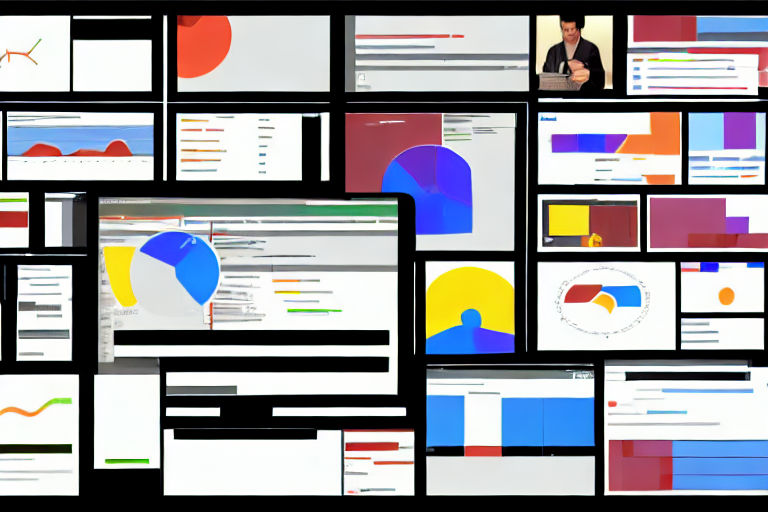Advanced Data Visualization with Matplotlib and Seaborn
Data visualization is a critical component of the data analysis process. It involves presenting data in a way that is easy to comprehend and interpret. With the abundance of data generated every day, it is essential to leverage powerful tools to visualize data efficiently.
In this post, we will be discussing advanced data visualization techniques using Matplotlib and Seaborn. Matplotlib is a popular data visualization library in Python that provides a wide variety of visualization options. Seaborn is a library that is based on Matplotlib and provides an additional high-level interface to create impressive visualizations with even less code.
Setting up the Environment
Before we start, we need to set up our development environment. You can install Matplotlib and Seaborn using pip, a package installer for Python. In the command line, run the following command:
pip install matplotlib seabornOnce we have installed both libraries, we need to import them in Python.
import matplotlib.pyplot as plt
import seaborn as snsCreating Advanced Visualizations
Heatmap
A heatmap is a popular visualization technique that is used to visualize data in a tabular format. We can use the heatmap() function from the Seaborn library to create a heatmap.
sns.heatmap(data, cmap="YlGnBu")
plt.show()
Pair Plot
A pair plot is used to visualize the pairwise relationship between different variables in a dataset. We can create a pairwise plot using the pairplot() function from the Seaborn library.
sns.pairplot(data)
plt.show()
Bar Plot
A bar plot is used to visualize data in a categorical format. We can use the barplot() function from Seaborn to create a bar plot.
sns.barplot(x="gender", y="salary", data=data)
plt.show()
Conclusion
Data visualization plays a crucial role in data analysis. With the help of Matplotlib and Seaborn, we can create advanced visualizations that are not only aesthetically appealing but also convey insights effectively. In this post, we covered some advanced visualization techniques, such as heatmaps, pair plots, and bar plots. Using these tools, we can enhance our visualizations and gain better insights into our data.




